« 4 Fun Indoor Things to Do With Kids in Knoxville
5 Car Repairs That Can’t Wait »
Feb 24, 2016
A wheel alignment ensures that your tires point in the right direction and that related parts wear smoothly and evenly. A number of factors can make your wheels lose their alignment, though, so having this checked should be a regular part of your vehicle maintenance routine. Learn how often you should get your tires aligned, and get to know some signs that your wheels need alignment right away.
No matter what kind of vehicle you drive, it has exact alignment specifications determined by the automaker. Everything from the vehicle’s overall size to its weight to its intended use goes into calculating these specs, which are unique to your make and model.
Driving your car when the wheels are out of alignment can cause a number of problems. Your tires can wear unevenly, which can make your vehicle unable to grip the road properly or handle safely. Your car can also suffer in terms of performance, since a car that’s out of alignment can’t handle as cleanly. Continuing to drive a car with poor alignment will just make the situation worse and can even compromise your ability to control the vehicle or damage other components of your car.
General wear, driving conditions, and alterations to your car can all cause the tires to lose alignment. Some of the most common causes include:
 Even regular tire rotations throw your car out of alignment, since each tire wears differently.
Even regular tire rotations throw your car out of alignment, since each tire wears differently.For virtually all vehicles, it’s necessary to get your wheels aligned periodically. Most car experts recommend scheduling an alignment every other oil change, or approximately every 6,000 miles. Since alignment needs can vary widely depending on your vehicle type, typical road conditions, and tire style, however, refer to your owner’s manual or consult with your mechanic to learn what’s best for your car.
Several other situations necessitate an alignment, too. When you get new tires, an alignment ensures that they’re positioned correctly and that they’ll wear evenly. When your vehicle pulls while driving or your steering wheel seems off center, an alignment can fix any issues resulting from hitting potholes or bumping curbs.
Whether you’re planning to replace worn out tires or you suspect your existing tires need adjustment, you can schedule a wheel alignment at your local service center. Even if you’re not due for routine tire maintenance yet, getting your wheels aligned can save your vehicle from unsafe handling and poor performance.
Powered by Bookmarkify™
Tags: Alignment, Service Tips, Tires
Posted in
Toyota Service |
Comments Off on When Should I Get My Tires Aligned?
Getting a tire alignment is one of the regular maintenance tasks required to keep your vehicle in tip-top condition. To make sure your car will run properly and safely, you need to have its wheels realigned at an auto repair shop or service center at a certain interval or when symptoms of misaligned wheels show. Follow this comprehensive guide to learn whether it's necessary, how often you should get a tire alignment, and how long an ordinary alignment takes. Then see how Kia service coupons, service financing, or the Kia warranty can help you save on your next tire alignment. If you aren't sure if the Kia warranty is right for you, check our page that goes into detail about it.
Follow this comprehensive guide to learn whether it's necessary, how often you should get a tire alignment, and how long an ordinary alignment takes. Then see how Kia service coupons, service financing, or the Kia warranty can help you save on your next tire alignment. If you aren't sure if the Kia warranty is right for you, check our page that goes into detail about it.
Get Tire & Wheel Help
A tire alignment is the process of aligning the wheels of a vehicle with one another and the surface of the road. It's achieved by bringing the suspension system to its proper configuration and positioning as well as adjusting certain components. Unlike some other vehicle maintenance tasks that you can do yourself, a tire alignment requires the expertise of an experienced mechanic and an alignment machine.
Basically, the purpose of a tire alignment is to square a vehicle's wheels and axles with one another so that they'll move in the same direction.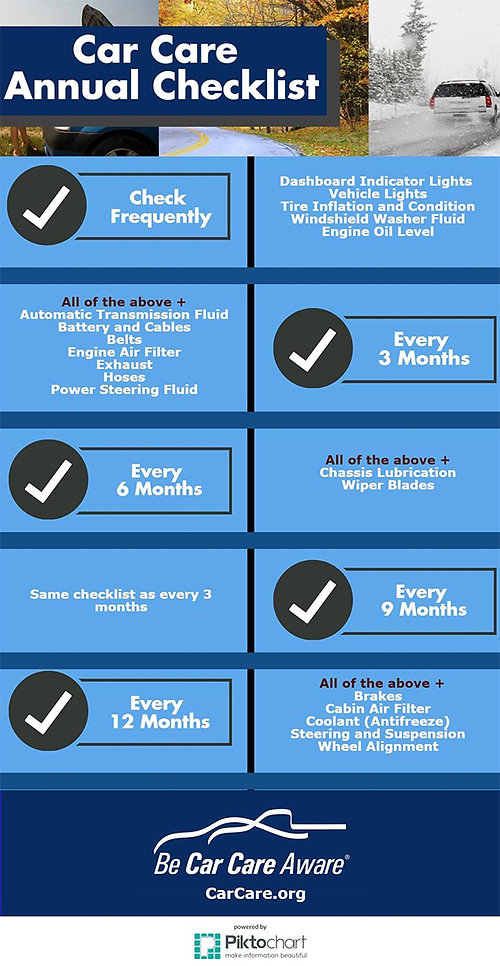 The process involves adjusting all the suspension angles that have an impact on tire movement and positioning, and ensuring the steering wheel is perfectly centered. The manufacturer of a vehicle designates standard angles for aligning its tires, which are specified in degrees.
The process involves adjusting all the suspension angles that have an impact on tire movement and positioning, and ensuring the steering wheel is perfectly centered. The manufacturer of a vehicle designates standard angles for aligning its tires, which are specified in degrees.
The type of alignment your vehicle needs depends on its suspension system and the way it distributes power to its wheels. If you have an all-wheel-drive or four-wheel-drive vehicle, you have to get a four-wheel alignment. On the other hand, if your vehicle uses a front-wheel-drive or rear-wheel-drive system, it needs a front-end alignment or thrust-angle alignment.
Yes, tire alignment is one of the most important maintenance tasks. If your wheels are misaligned, your vehicle will experience a dramatic drop in handling capability. It'll constantly pull in one direction, which can greatly inhibit its ability to turn or move in a straight line. This not only makes driving more difficult and reduces ride comfort, but it can jeopardize you and your passengers' safety.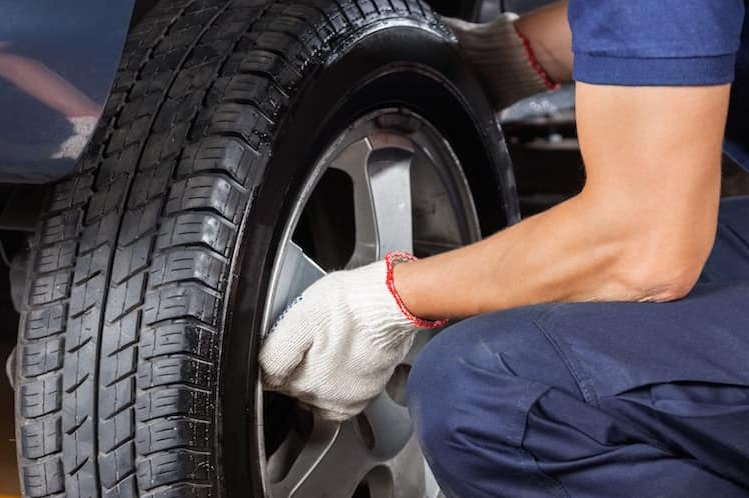
In addition, failure to realign your wheels regularly can cause your cost of car ownership to go up considerably. Wheels that aren't properly aligned may lead to uneven tire wear, which means you'll have to replace your tires more frequently. It isn't uncommon for wheel misalignment to result in flat spots and tire blowouts because it can cause your tires to experience added tension. Also, misaligned wheels can lead to damaged wheel rims and suspension, which can affect the performance and longevity of your vehicle.
The interval for wheel alignment can vary significantly depending on the type of vehicle you own, your driving habits, and other factors. Most mechanics recommend that you get a wheel alignment once every two or three years. However, the best thing to do is to follow the recommended interval in your owner's manual.
If your owner's manual doesn't specify how often you should have your wheels realigned, you should bring your car to a service center or auto repair shop for a tire alignment checkup at least once a year.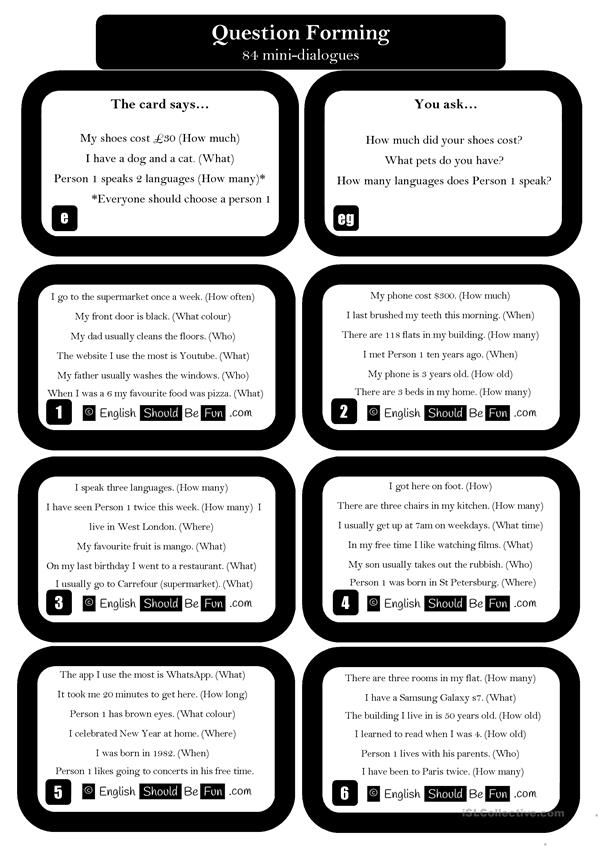 Usually, a vehicle's wheel alignment will be at least slightly off after one or two years of driving. Nonetheless, if your car holds the road well, doesn't drift to one side, or has evenly worn tires, it isn't necessary to have its wheels realigned every year.
Usually, a vehicle's wheel alignment will be at least slightly off after one or two years of driving. Nonetheless, if your car holds the road well, doesn't drift to one side, or has evenly worn tires, it isn't necessary to have its wheels realigned every year.
It's important to note that there are specific circumstances that may cause your vehicle to require tire alignment on a more frequent basis. Vehicles with wider tires or performance-oriented cars usually need to have their wheels aligned more often. Additionally, you should consider getting a wheel alignment every time you install new tires on your car.
Besides going for a tire alignment checkup on a regular basis, you should also look for certain signs indicating that your wheels need to be realigned. These signs include:
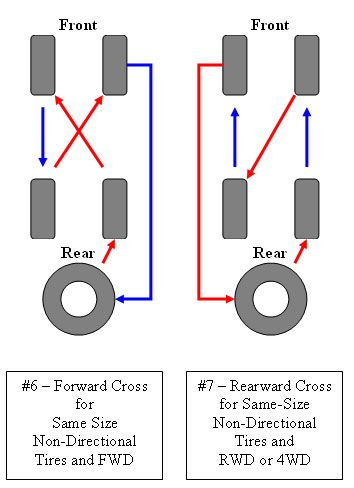 However, if it continues to pull to one side after you inflate your tires to the correct pressure, it's a sign that you should get a wheel alignment.
However, if it continues to pull to one side after you inflate your tires to the correct pressure, it's a sign that you should get a wheel alignment.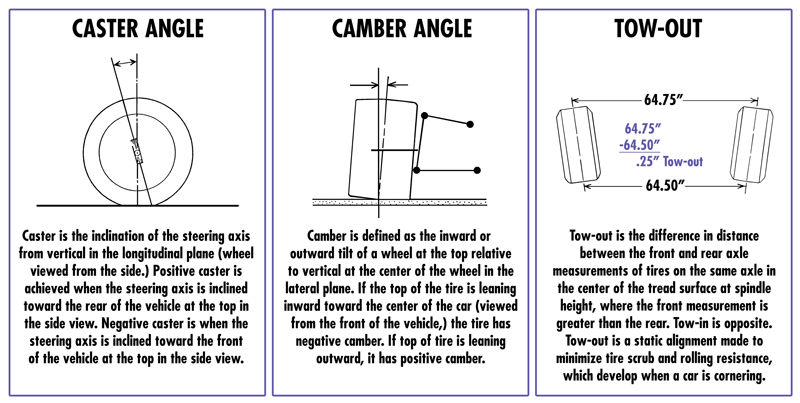 If this is happening, it may be time to realign your wheels.
If this is happening, it may be time to realign your wheels.We know Rochester drivers are busy. So is an alignment a short or lengthy process? Under normal circumstances, a wheel alignment will take an average of one hour, whether it's a two-wheel-drive or four-wheel-drive vehicle. If there's too much wear and tear or damage on the suspension system, steering bushing, track rod, or other parts, it'll take a longer time as some components have to be replaced.
Wheel alignment is an essential maintenance task that you cannot afford to skip as it can have a significant impact on your vehicle's performance, ride comfort, safety, and lifespan. If you want to get a wheel alignment for your Kia vehicle, contact Tom Kadlec Kia today to schedule an appointment.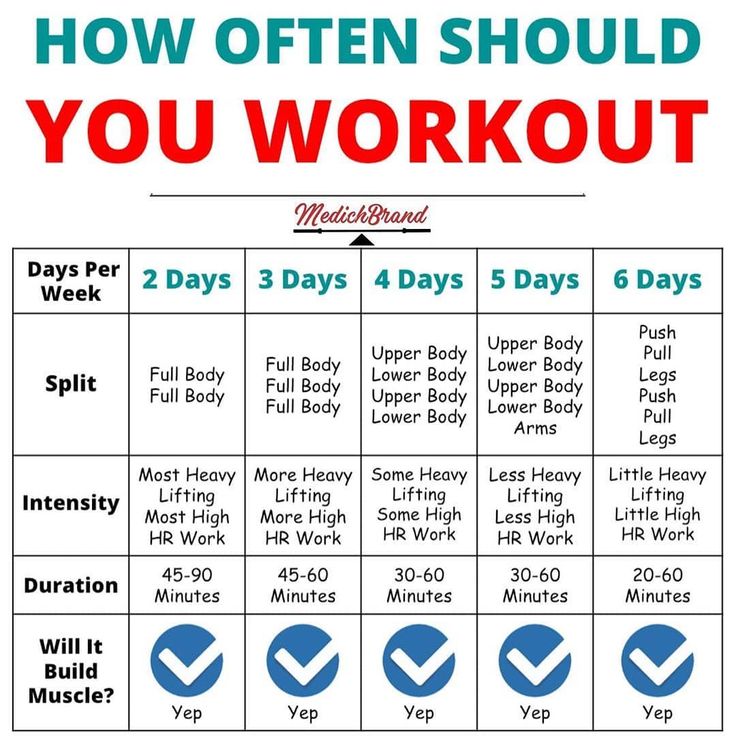
Most car owners consider the issue of wheel balancing not so important. But in vain! After all, this is primarily a matter of your own safety and the safety of your passengers.
Balancing by yourself is impossible (unless you are an auto mechanic), and you won't be able to save money on this one-time. But! You will feel the savings on the face in the process of driving and depreciation.
Why do you need wheel balancing and what is its essence?
Balancing is the correct distribution of the load in the wheel relative to its central part. This is done using professional equipment that determines the presence / absence of imbalance. If it is, then with the help of lead weights, which are planted on glue inside the wheel itself, the load is adjusted.
The use of an electronic sensor system provides an additional guarantee of safety.
Why is the lack of balance dangerous?
If you do not balance the wheels at the right time , you risk soon getting vibration in the wheels, passing to the body, and most importantly - uneven tire wear.
In Russia, as you know, there are two troubles, one of which already has a negative impact on vehicles. If at the same time you do not properly care for the car and do not service it on time, you can get a problem in the square.
The first devices for balancing were primitive and did not allow to perform their functions in impeccable quality. Over time, the situation has improved, the equipment has become more modern and of high quality. Now you can do wheel balancing at any service station and be calm for the convenience and comfort of your trips.
10 reasons to do wheel balancing
Give a specific answer to the question of how often to do it balancing is not possible. The first factor influencing this period is the age of the car, the second is its condition, and the third is how long you have owned it.
The first factor influencing this period is the age of the car, the second is its condition, and the third is how long you have owned it.

In addition to the above, tire fitting experts advise balancing car wheels in the following cases:
By following these recommendations, you will save yourself from problems and make your trips comfortable and safe.
What is imbalance and what does it threaten?
Experts identify two types of imbalance:
Static unbalance - displacement of the center of gravity of the wheel up or down from the conditional center. Invisible to the eye. The problem is solved with the help of a balancing machine, which will identify vulnerabilities and indicate where to attach lead weights.
Dynamic unbalance - incorrect weight distribution across the wheel width and complete separation of the rotation axes. Visually noticeable, popularly called the "eight". To eliminate it, lead balancers are attached to the disc rim from the outer and inner sides. Dynamic imbalance is easier to deal with than static.
After the elimination of these types of unbalance wheels , the last, control balancing is performed . It is called "finishing" and reveals the presence of inaccuracies (if any). The point is to bring the imbalance to zero.
Important balancing rules that every car owner should know
Even if you are not a mechanic, read this information. So you can control the actions of tire workers and make sure that everything is done correctly.
So, here is a list of the correct steps for wheel balancing:
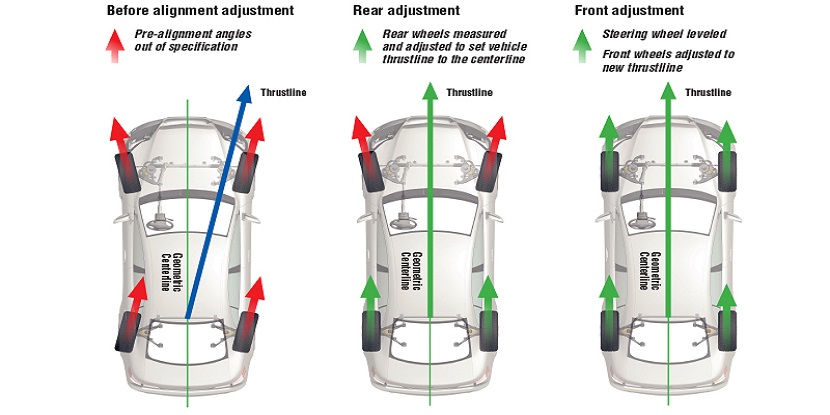 You can't leave the old ones.
You can't leave the old ones.
What threatens wrong balancing ?
Here are just a few of the consequences that are likely to occur if wheels are not properly balanced:
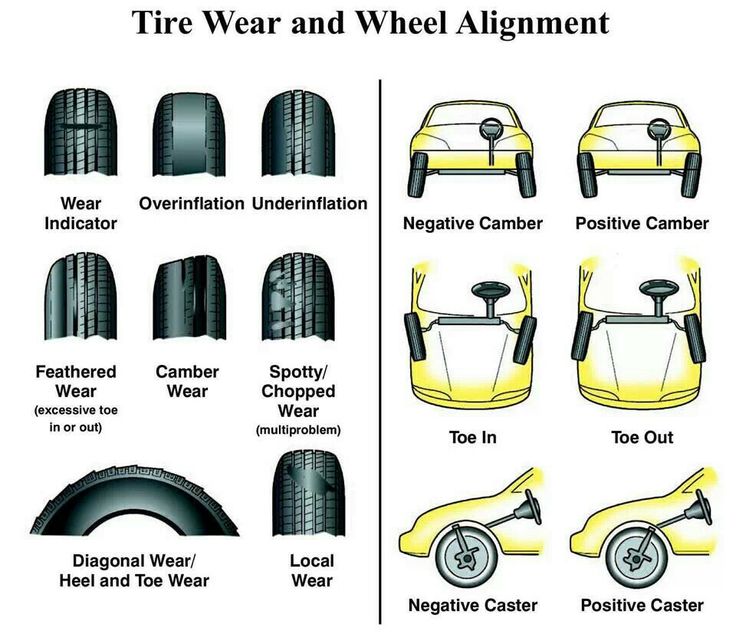
Conclusion: safety is paramount, and you should not save on it! Now you know the most important information about wheel balancing, which means you won’t get into an unpleasant situation.
Neither a nail nor a wand, dear motorists!
Well, if trouble still overtook you on the way, there is a way out!
Field mobile tire fitting from the company "Shinomontazhnikof" will rush to help immediately after your call to +7 812 900 32 54.
We work 24/7 and at reasonable prices.
Good luck on the road!
LADA
UAZ
Kia
Hyundai
Now let's turn directly to our topic. If you alternately install either winter or summer tires on the same wheels, then you cannot avoid balancing. There is nothing to argue about here. The question of balancing every season arises only for those car owners who have two complete sets of wheels: summer and winter.
Related materials
Routine work that everyone ignores (and in vain!)
So, should the wheels be balanced at every seasonal change?
If you approach the process formally, then you should remember the instructions for the car. It is usually recommended to balance the wheels after a run of 10,000 to 15,000 km. If you drive less in one season, then you definitely shouldn’t balance, except for the cases specified below.
But this is in theory, but in practice I advise you to monitor the behavior of the car. If there is no noticeable beating of the steering wheel, then balancing is not needed. The beating of the rear wheels is felt less, but they usually suffer less often. In any case, you should feel a strong imbalance.
If you change your own wheels twice a year, the following recommendation applies. Put the wheels on and ride for a couple of days. During this time, the tire will get rid of the deformations that occurred during storage.